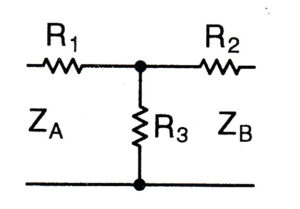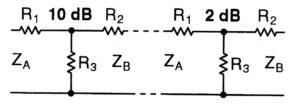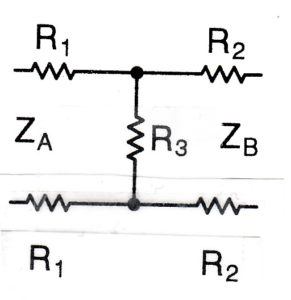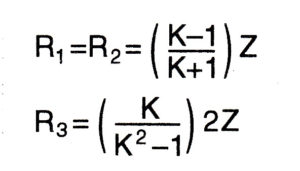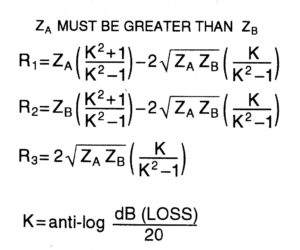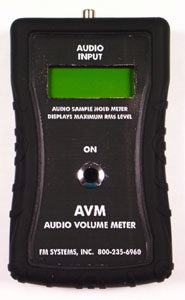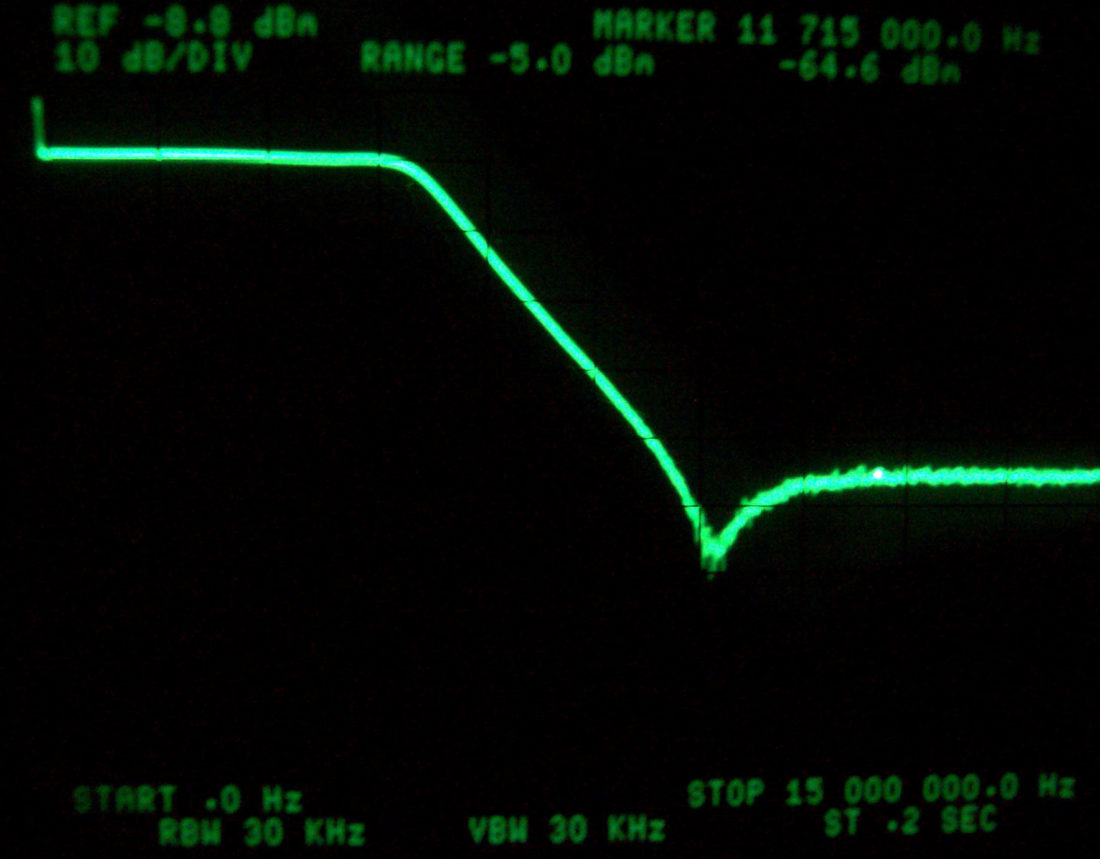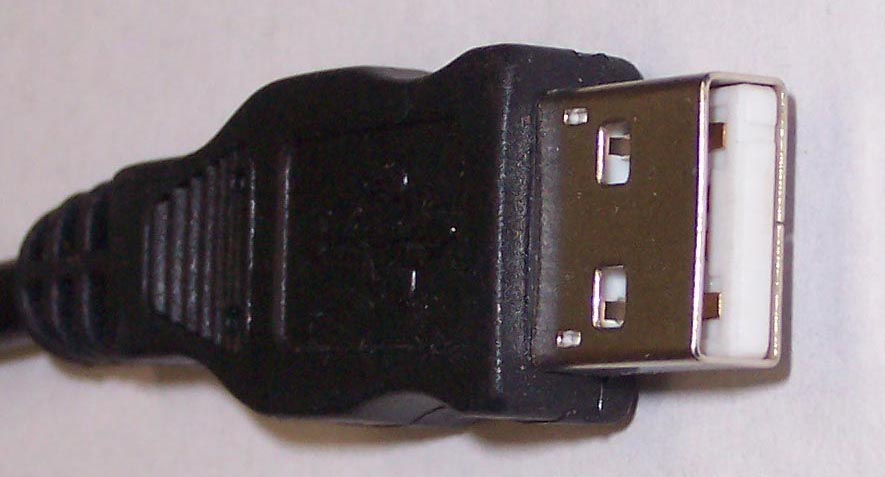HOW TO BUILD AN AUDIO PAD
HOW TO BUILD AN AUDIO PAD
Audio pads are used to attenuate an audio signal for the purpose of matching required levels between different pieces of equipment. Pads can be built unbalanced or balanced depending on the signal requirements. We will start with the basic unbalanced audio pad. For these pads to work correctly the input impedance and output impedance must be correct as stated for the pad being used otherwise the loss will not be correct. To get odd values of loss you can put these pads in series as indicated in the schematic below.
Here is the electrical schematic of an unbalanced audio pad.
Here is the electrical schematic of the combination of two pads to get an odd number of dB loss.
Here are the resistor values for some common Pads at different impedances. The values used in this table are 1% resistor values so if you are using other tolerances you should choose values as close to the stated value as possible. The un equal impedance Pad can be used in either direction and combined with other Pads as long as the impedance matches at the connection point.
LOSS 600 Ohm 10K Ohm 10K to 600 Ohm
dB R1 & R2 R3 R1 & R2 R3 R1 R2 R3
1 34.8 Ohm 5.21K 576 Ohm 86.6K 66.5K 16.2K 86.6K
2 68.1 Ohm 2.61K 1.15K 43.2K 33.2K 7.87K 10.5K
4 133 Ohm 1.24K 2.26K 21K 18.2K 3.74K 5.11K
8 255 Ohm 562 Ohm 4.32K 9.56K 11.5K 1.91K 2.32K
10 309 Ohm 422 Ohm 5.23K 6.98K 10.5K 976 Ohm 1.69K
20 487 Ohm 121 Ohm 8.25K 2.05K 9.76K 118 Ohm 499 Ohm
30 562 Ohm 38.3 Ohm 9.31K 634 Ohm 9.76K 442 Ohm 154 Ohm
To design a balanced Pad because the circuit is double sided so the loss will be doubled for any set of resistors in the table and with no ground the R3 value is divided in half and only one resistor, that is half the table value connects the two sides together. So the resistor connects the two sides directly together instead of going to ground and the value to use is half the resistance value stated in the unbalanced table. Also you must choose a dB table value half that of the Pad loss you want since the loss will occur on both sides of the balance circuit. So the for 2 dB loss you would choose the values in the 1 dB loss table and divide the R3 value in half.
Here are the formulas for generating the values for any Pad you want to make.
Equal impedance input and output formula.
Unequal impedance formula.
If you would like to measure the level of any audio signal even on live program material and store the highest Volume reading I have an Audio Volume meter that will help you get a handle on all your audio levels. It is called the AVM Audio Volume Meter and it can help you set all your audio channels to the same volume as perceived by the ear. It is an RMS audio loudness meter with a storage feature that will show you what the loudest audio level was during the measurement period.
To get one of these Audio Volume Meters call 800-235-6960 or CLICK HERE



